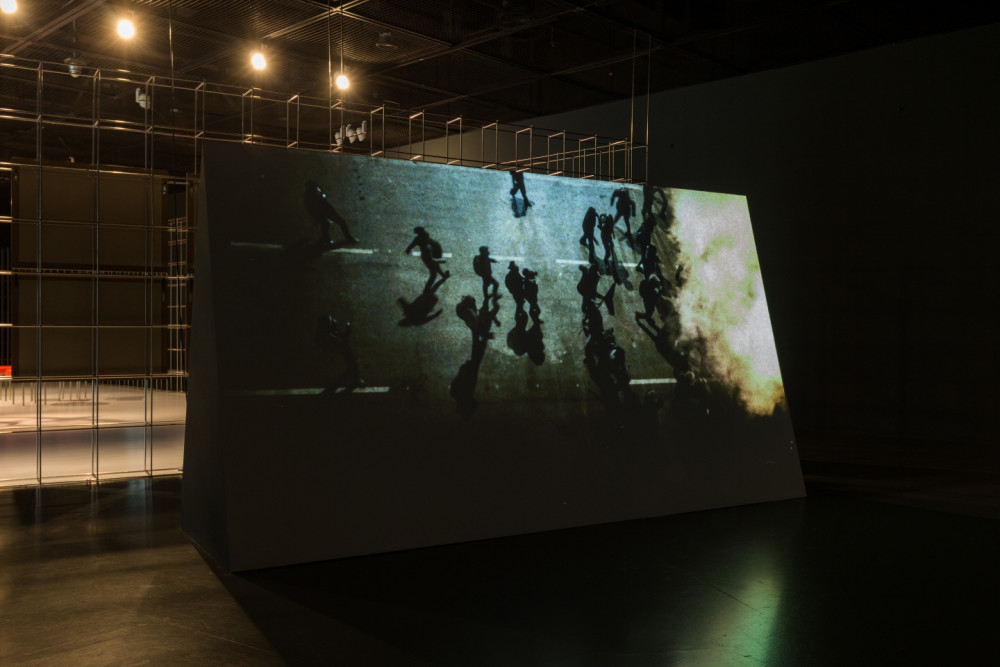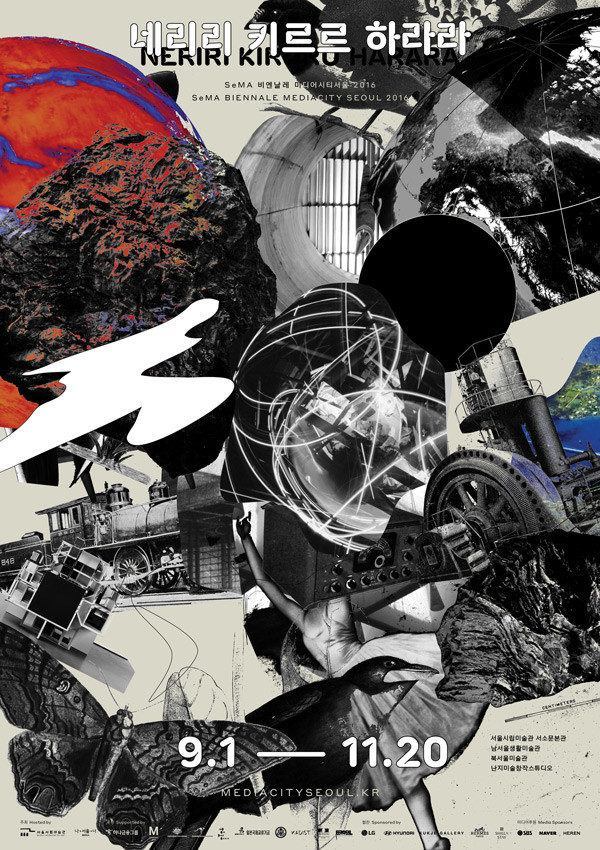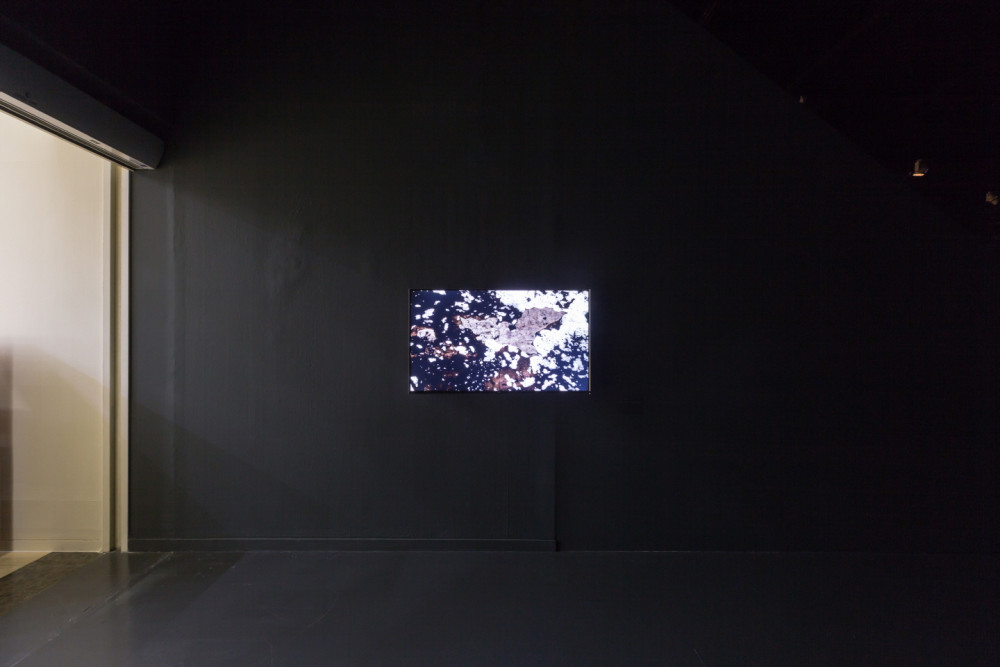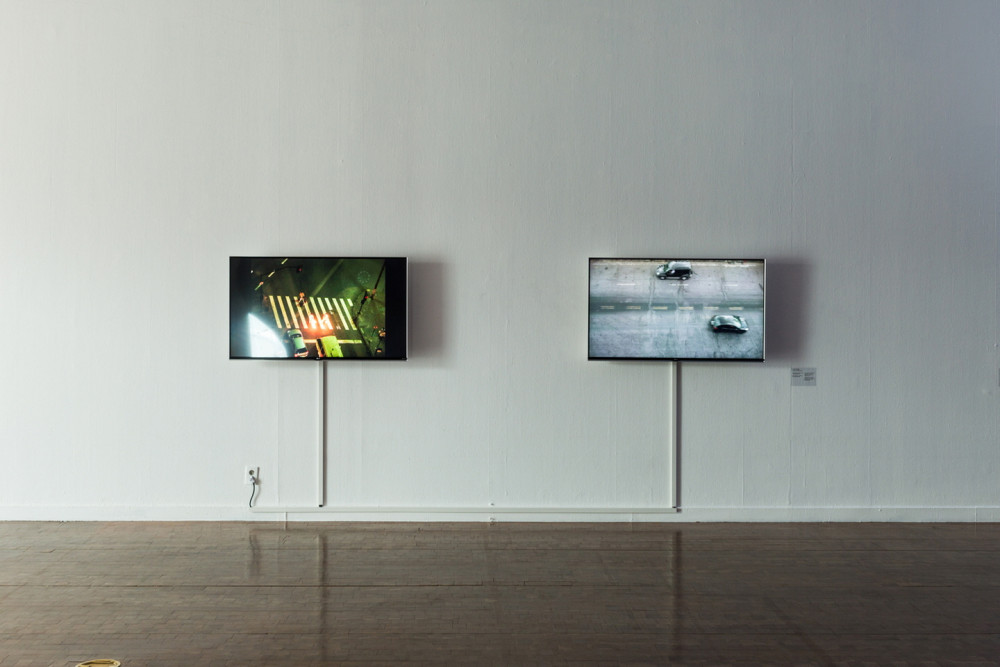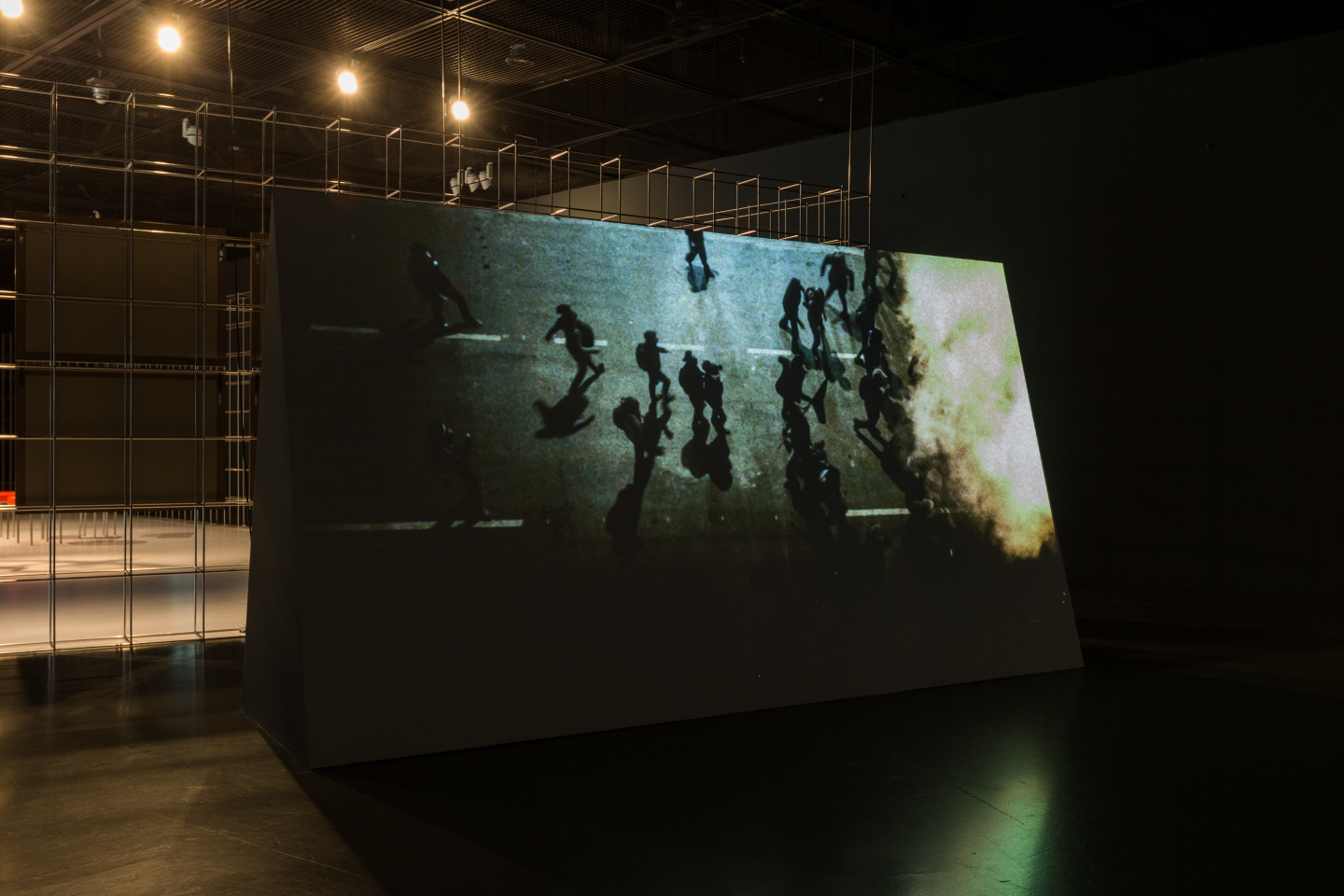
Created together by artist Cinthia Marcelle and filmmaker Tiago Mata Machado, Rua de Mo nica [One Way Street] is a work about the constant conflicts occurring in society. On a dimly lit street, people walk or run from the left side of the screen, gathering together on the right side of the screen. They join forces, pushing against something that cannot be seen on the right side of the screen. When someone standing in the middle throws up a flare like a signal, people scream, throw things, and disperse and disappear. Whatever had been the target of the demonstration on the opposite side is burning, but this can only be perceived through the sound of the flames and reflection of the quick flashes of the blaze. The protest scene is like a one-way street; the physical clash of the protestors can be seen but their target is not revealed. But, viewing this causes us to continuously imagine the form on the opposite side. In lieu of an explanation of their work, the artists have provided the following text.
“The destructive character sees nothing permanent. But for this very reason he sees ways everywhere. Where others encounter walls or mountains, there, too, he sees a way. But because he sees a way everywhere, he has to clear things from it everywhere. Not always by brute force; sometimes by the most refined. Because he sees ways everywhere, he always stands at a crossroads. No moment can know what the next will bring. What exists he reduces to rubble —not for the sake of rubble, but for that of the way leading through it.” [Walter Benjamin, “The Destructive Character” (1931), Selected Writing, Volume 2: 1927-1934, trans. Edmund Jephcott (Cambridge, MA: The Belknap Press of Harvard University, 1999), 542.]
